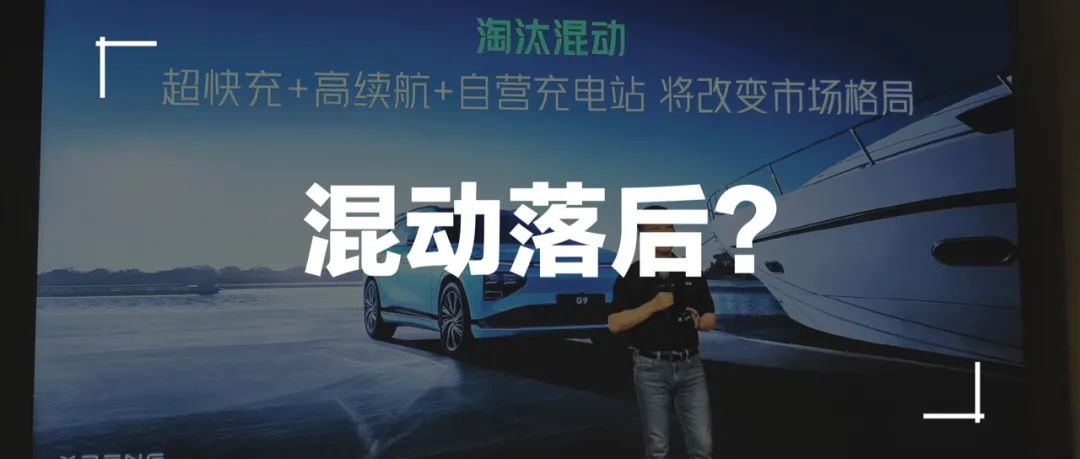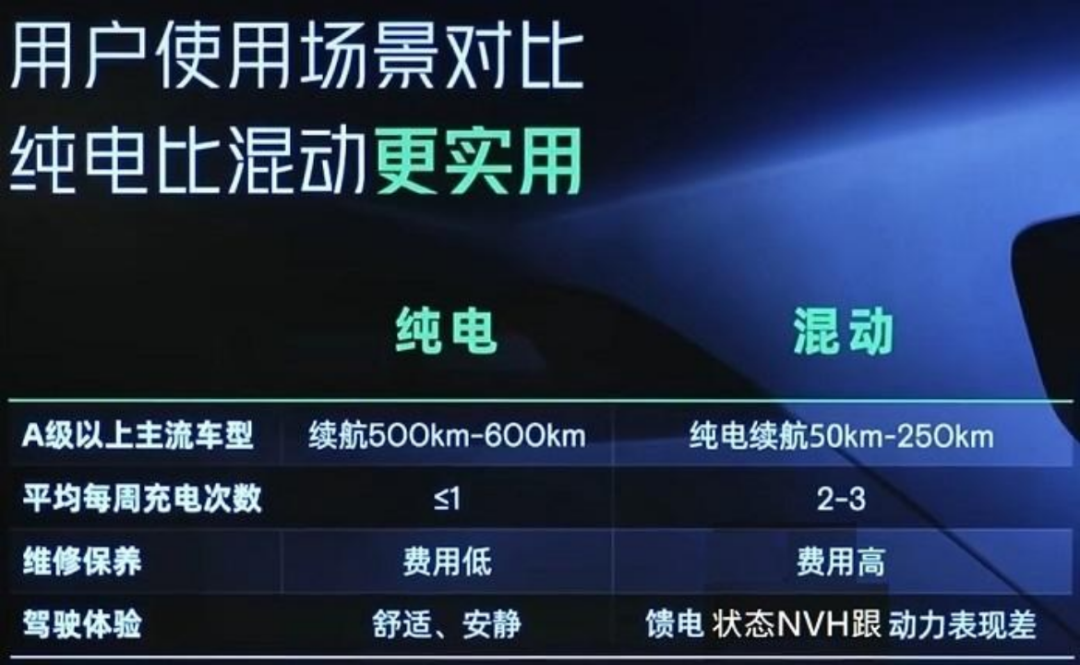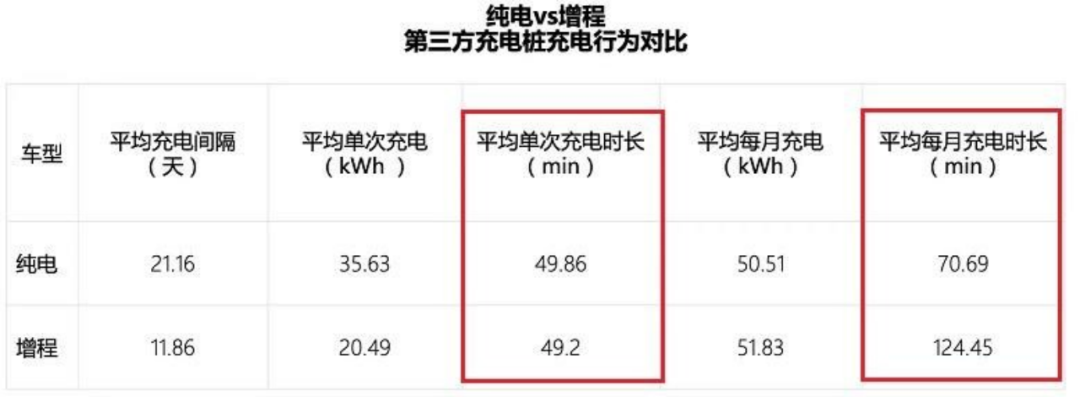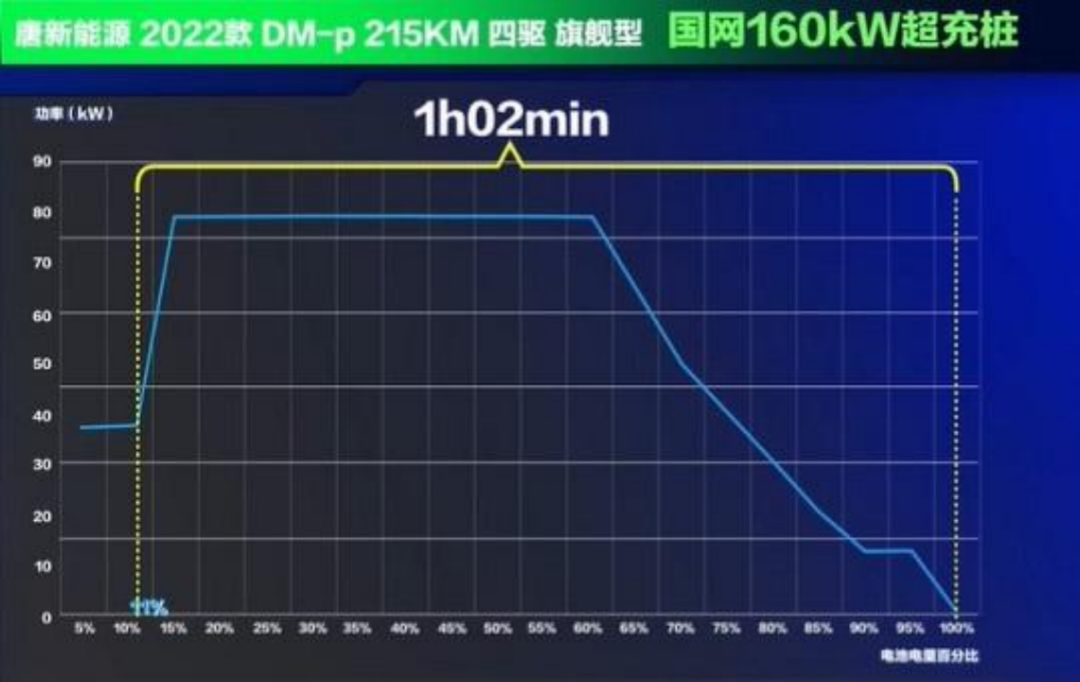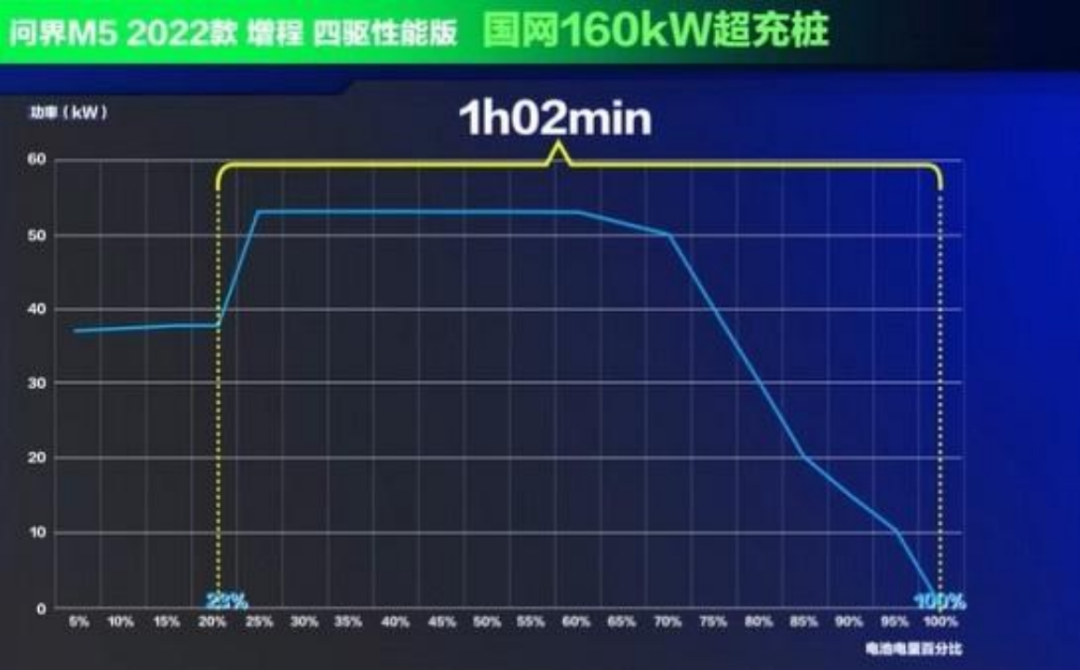Author: Yīpiàn lǜyè
After He XPeng put forward the idea of eliminating hybrid vehicles, the debate between hybrids and pure electric vehicles has surfaced once again.
He XPeng did not propose this view on impulse, but from the perspective of supplementary energy. Therefore, he raised the idea of “eliminating hybrid vehicles” at the Super Energy Charging Network launch event by XPeng.
The Logic of Hybrid Vehicle’s Supplementary Energy
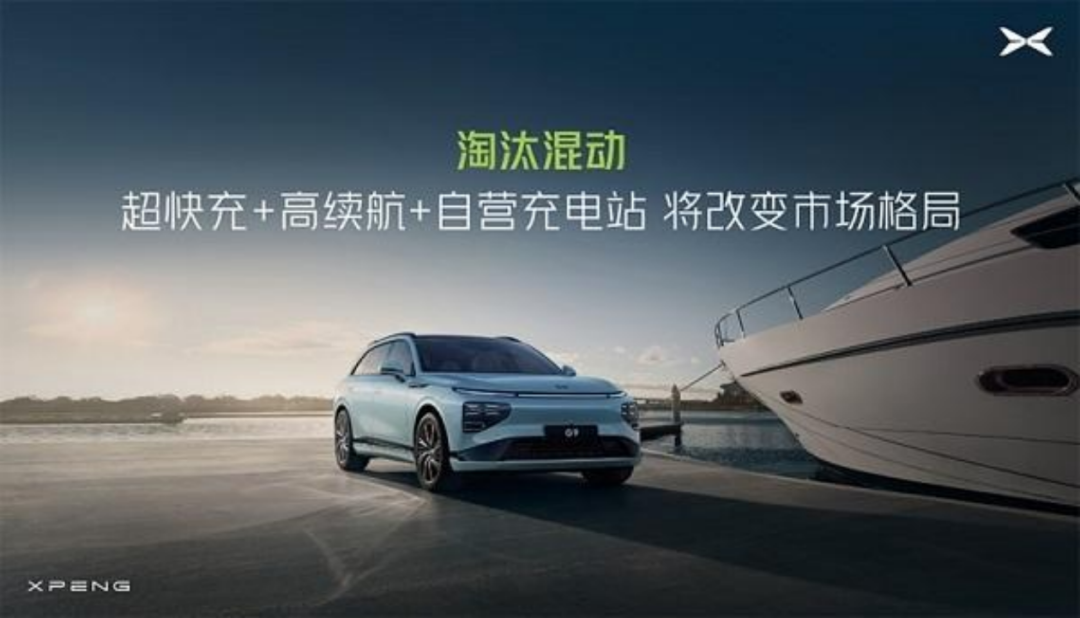
Many people have a misconception and think that hybrid vehicles are substitutes for gasoline-powered vehicles. Many car owners are still used to gasoline, either for the green label or for fuel savings, and they always treat hybrid vehicles as gasoline-powered cars.
On the contrary, the supplementary energy of hybrid vehicle owners is mainly through charging. They use their hybrid vehicles as electric cars, rather than gasoline cars.
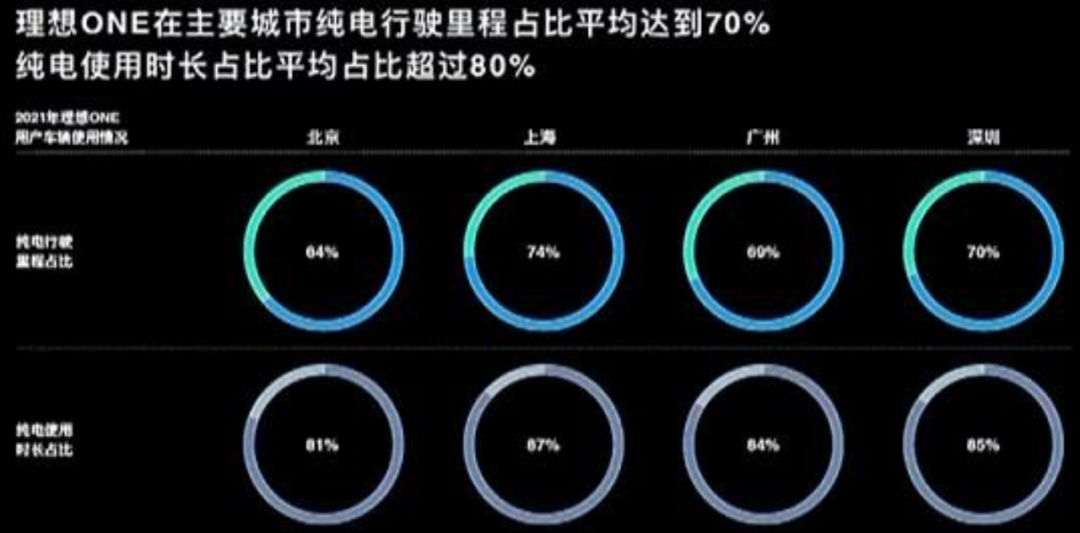
This is the ideal data presented to the public. In major cities, the proportion of pure electric driving mileage averages 70%, and pure electric usage time exceeds 80%. After many ideal vehicle owners purchased their vehicles, they look for charging stations frequently.
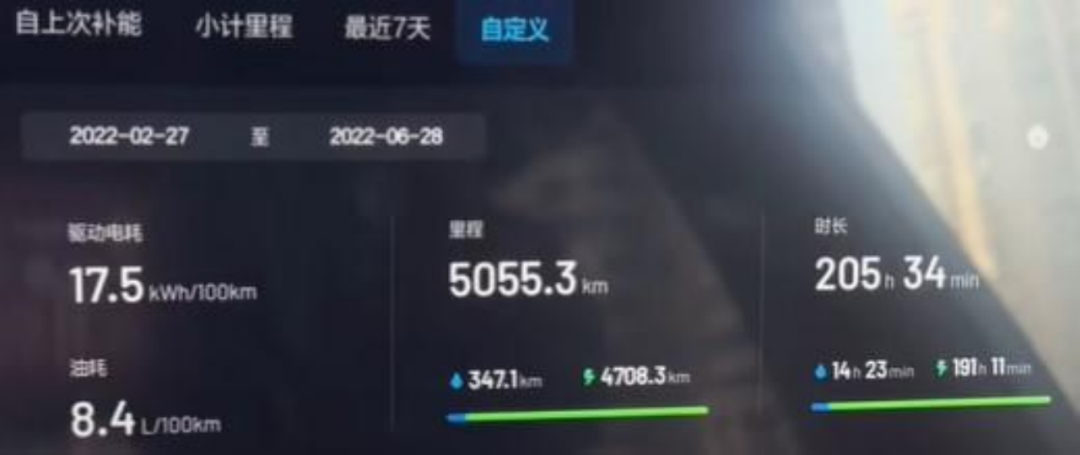
These are the driving data of one of the ideal vehicle owners. It can be seen that 93% of the driving is done using electricity, and only 7% is done using gasoline. The duration of usage is also much longer for electricity than for gasoline.
Some hybrid vehicle owners even make videos asking whether gasoline will degrade if not used for too long.
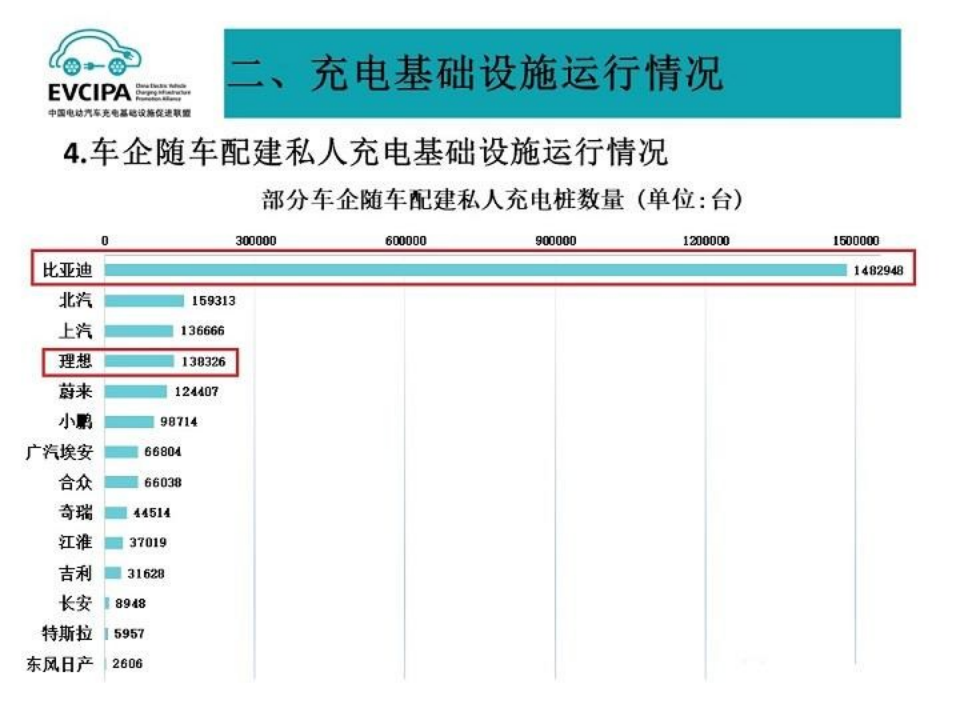
As for home charging installation, both BYD and ideal have more home charging installations than many pure electric vehicle manufacturers. BYD has over 1.48 million home chargers, while ideal has nearly 140,000.
BYD is known for its high sales figures, but what about ideal? Ideal even has more home charging installations than NIO and Xpeng.
It can be seen that many hybrid vehicle owners treat their hybrid vehicles as pure electric vehicles, especially in the recent situation of soaring gasoline prices. Charging is much cheaper than refueling.
Some may ask, “Since that’s the case, why not just buy a pure electric vehicle?”
Trusting Hybrid Vehicles When Buying a Car
Many people have charging anxiety, given the pervasive view that “charging is difficult and takes a long time.” When reviewing pure electric vehicle models, many reviewers first talk about range.
There is an honest interview on the internet:
“I didn’t understand it very well at the time.
Because it is a hybrid of gasoline and electricity, with the help of gasoline, the range is relatively satisfactory compared to pure electric vehicles, and mainly we don’t travel long distances.
At the beginning, there was no home charging installation, and I was not at ease, so I used a hybrid. Conveniently, this place is very close to our unit, and we can charge here every day. I think it’s fine, basically recharging every two or three days. It’s mainly two points, home to work.”>Many people choose hybrid cars because they have range anxiety and charging anxiety and don’t trust pure electric cars.
When buying a car, they want a gasoline car with long electric range.
When using the car, they have a short electric range electric car that runs on gasoline.
In addition, because the battery pack of hybrid cars is smaller than that of pure electric cars, the number of charging times is higher.
Before He XPeng said “eliminate hybrid”, he had a premise that he believed that pure electric is better than hybrid in terms of the number of charging times per week, maintenance and driving experience.
The most important condition for eliminating hybrid is that the energy supplement system needs to be done well to eliminate charging anxiety and make charging no longer a pain point for pure electric cars.
However, many people do not know that the charging time for most hybrids is actually comparable to that of pure electric, and in some cases it is even longer.
Let’s take a look at a set of data:
The above is the charging habit data we obtained from a third-party charging pile company. It can be seen that the charging time for pure electric and plug-in hybrids is almost the same, both around 50 minutes.
However, the battery of plug-in hybrids is small, and the amount of charging per time is lower than that of pure electric cars. Since plug-in hybrids are used like pure electric cars, they need to be charged more frequently, resulting in the time spent on charging each month is almost double that of pure electric cars. This is a counter-intuitive fact, because the battery pack of plug-in hybrids is smaller than that of pure electric cars, and the charging time should be more advantageous than pure electric cars.
Charging time for hybrids
Recently, Yiche happened to test the charging time of several hybrid models. Let’s take a look at how long the charging time for hybrid cars is based on these four representative cars:
- BYD Tang DM-P: From 11% to 100% battery capacity, it takes 1 hour and 2 minutes and charges 46.34 kWh. On average, it charges 0.75 kWh per minute. The maximum charging power is 79kW, and the high-efficiency charging interval is between 15% and 60%.
- WM Motor EX5 High Line: From 23% to 100% battery capacity, it also takes 1 hour and 2 minutes and charges 32.43 kWh. On average, it charges 0.52 kWh per minute. The maximum charging power is 53 kW, and the high-efficiency charging interval is between 25% and 60%.
- Mocha DHT-PHEV: From 2% to 100% battery level, it takes 1 hour and 3 minutes to charge, with a total charge of 38.62 kWh. The average charging rate is 0.61 kWh per minute, and the maximum charging power is 52 kW. The efficient charging range is from 10% to 70%.
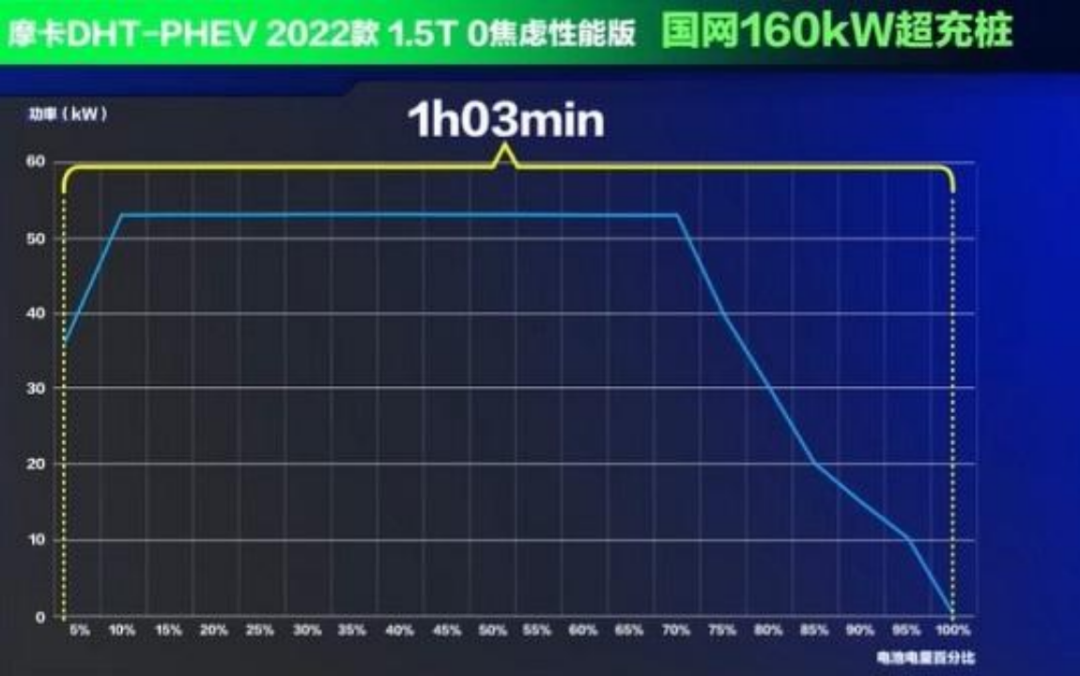
- Seres SF5: From 27% to 99% battery level, it takes 1 hour and 30 minutes to charge, with a total charge of 27.47 kWh. The average charging rate is 0.31 kWh per minute, and the maximum charging power is 37 kW. The efficient charging range is from 30% to 65%.
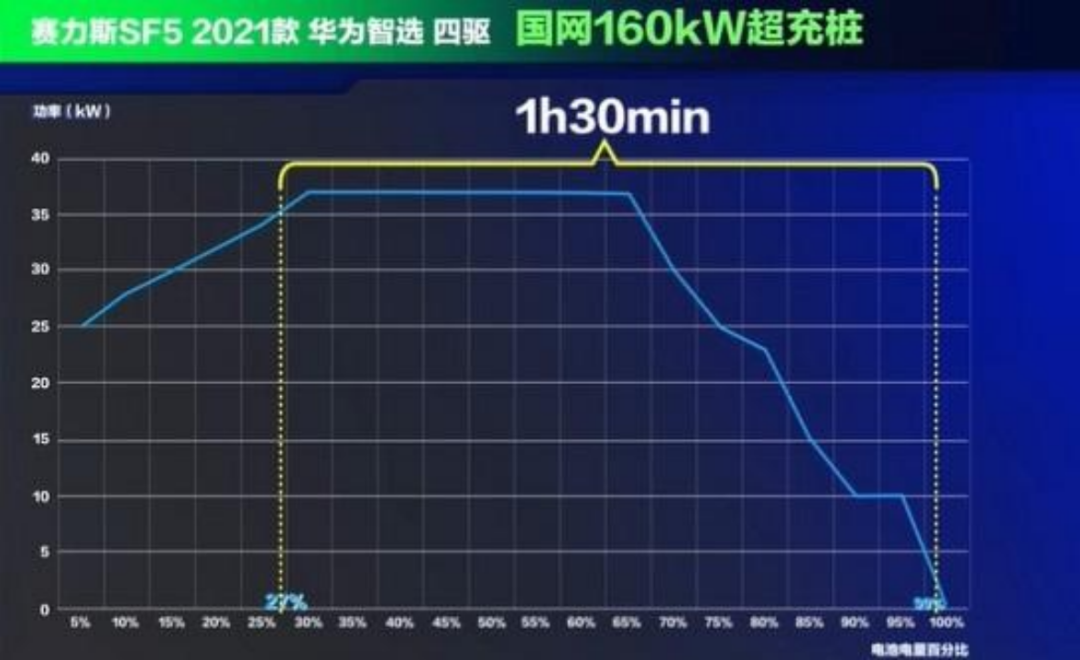
Carbyy conducted charging tests on two common pure electric vehicles using the State Grid’s 120 kW charging stations:
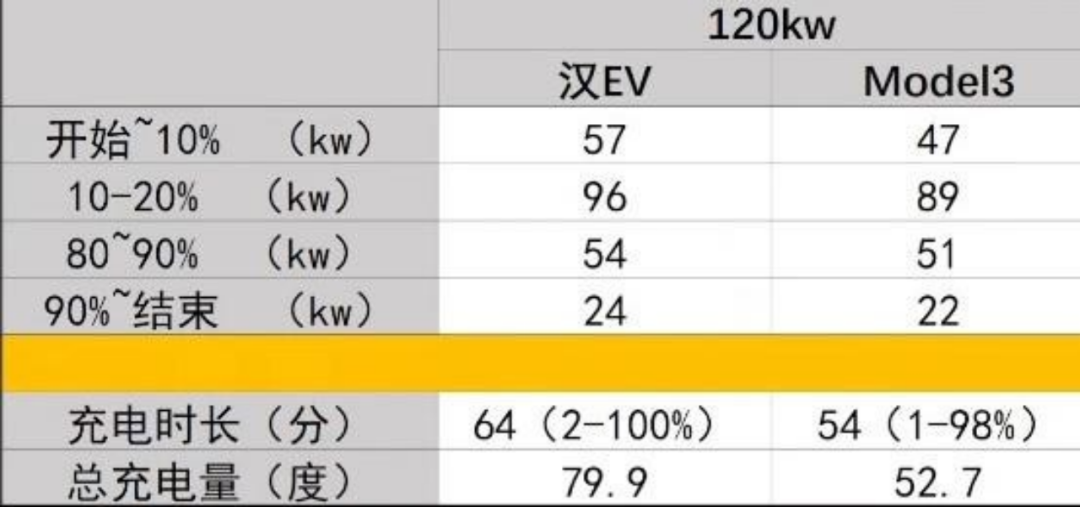
-
BYD Han EV: From 2% to 100% battery level, it takes 1 hour and 4 minutes to charge, with a total charge of 79.9 kWh. The average charging rate is 1.25 kWh per minute, and the maximum charging power is 101 kW.
-
Tesla Model 3: From 1% to 98% battery level, it takes 54 minutes to charge, with a total charge of 52.7 kWh. The average charging rate is 0.98 kWh per minute, and the maximum charging power is 90 kW.
It can be seen that the charging time for hybrids is over an hour, similar to that of pure electric vehicles, but the amount of electricity charged is less than that of pure electric vehicles.
The BYD Han EV and Tesla Model 3 have higher charging power on the 120 kW charging station than the charging power of the hybrid cars charged with 160 kW.
As a result, although the battery pack of pure electric cars is larger than that of hybrids, the charging time for both is not slower for pure electric vehicles, and can even surpass that of hybrids. Moreover, the charging technology of hybrids also varies in quality, and the most famous one is BYD’s boosted charging technology.
Data interpretation
In terms of average charging rate per minute and charging power, it is clearly shown that data of BYD Tang is significantly higher than that of other hybrid cars, which is due to the advantage brought by boosted charging technology.
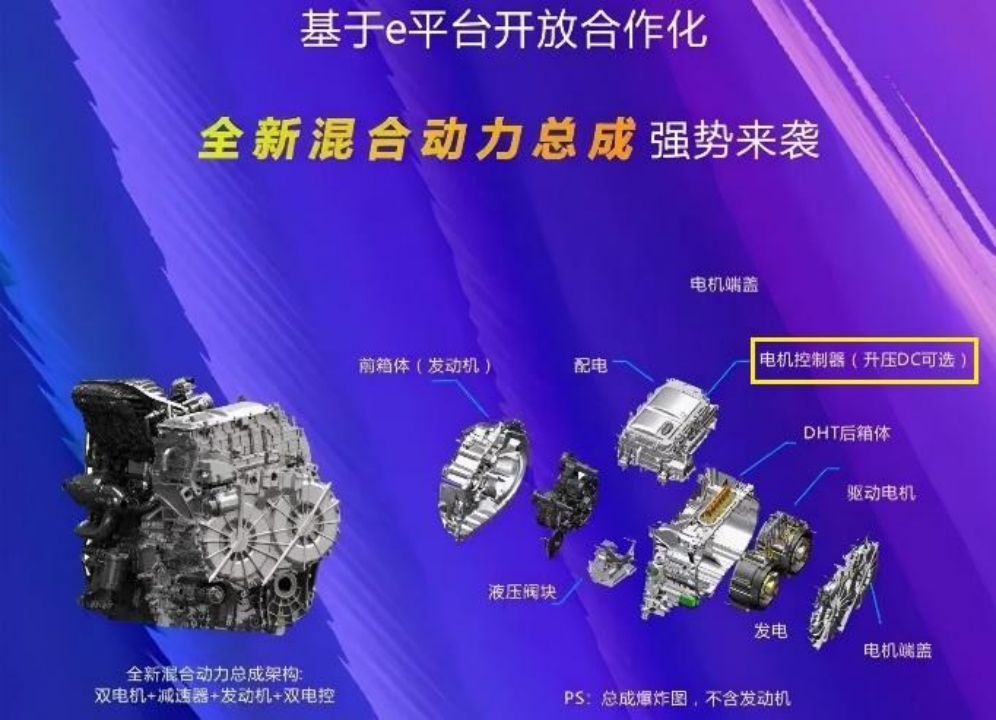 The figure below shows the exploded diagram of the hybrid powertrain of BYD subsidiary Fudi Power, with boost DC integrated in the motor controller.
The figure below shows the exploded diagram of the hybrid powertrain of BYD subsidiary Fudi Power, with boost DC integrated in the motor controller.
Why does boosting voltage make charging faster?
Charging power P = I (current) V (voltage)
Therefore, increasing current or voltage can increase charging power and achieve faster charging speeds, which is also the reason why Xpeng promotes the 800V ultra-fast charging.
BYD’s boost technology is essentially an application of high-voltage charging.
The quick charging power of BYD Tang DM-p can reach 90 kW, which is already comparable to many pure electric quick charging powers, and the battery voltage is 570V, higher than many pure electric voltages, with a wide efficient charging range that can charge more electricity.
Increasing voltage will place higher requirements on the insulation and voltage resistance of the three-electric parts, and BYD’s self-developed and self-produced three-electric parts can form a technical advantage.
But does boost technology have any downsides?
The answer is: yes.
Because boosting requires a DC conversion to be carried out again, there will inevitably be energy consumption losses.
BYD Tang DM-p has a declared battery capacity of 45.8 kWh, but it takes in 46.34 kWh when charging, and there is still 11% of remaining power before charging, which means there is still 5.04 kWh of electricity remaining. The actual amount of electricity charged into the battery is only 40.76 kWh.

46.34 / 40.76 * 100% = 113.7%
That is, there is a 13.7% charging loss.
Even with hidden power storage, this charging loss is still somewhat high.
Not only BYD, Lucid, which is renowned for its three-electric performance, also uses boost technology. In the charging test submitted to the EPA, it takes in 137.31 kWh from 0% to 100%, while the declared battery capacity is 118 kWh.
Image
137.31 / 118 * 100% = 116.4%
That is, there is a 16.4% charging loss.
The test results of State of Charge, a YouTube host specializing in electric car testing, are almost the same as the EPA report: it takes 134 kWh to charge from 0% to 100%, with a charging loss of 13.6%, which is almost the same as BYD’s 13.7%.
The charging loss of general charging is between 3% and 7%, while the charging loss of full-boost charging is twice that of general charging loss. Therefore, it is not recommended to fully charge model with boost technology, which will not only take longer but also cause greater losses.
Changan has indeed the confidence to say that the range extender is a “backward” hybrid technology, because the charging performance of the Mocha DHT is indeed better than that of its competitors in the “hybrid” category.
However, it should be noted that the range extender also has high and low types.Many people say that the Wanjie M5 is just a rebadged BYD Song Pro DM, but looking at the charging data, the Wanjie M5 improved significantly with Huawei’s support, with at least one third reduction in charging time.
So, adapting Jack Ma’s classic quote “It’s not that retail is bad, it’s that your retail is bad”, “It’s not that extended range is bad, it’s that your extended range is bad“.
However, looking at the development of the entire new energy sector, hybrid power from a technical perspective is indeed an independent technology model, and fundamentally there is no distinction between pure electric and pure fuel. The difference lies in the fact that pure electric is the development goal from a grand strategic perspective.
The only advantage that hybrids have over pure electric is the ability to refuel. However, when many people use their cars, what they want is an electric vehicle with short endurance that can use fuel. With a small battery capacity, long charging times, and frequent charging requirements, who would buy a hybrid if it couldn’t use fuel?
In the end, it’s about range anxiety.
“When the complementary energy system is fully established, it will be the day when hybrids are eliminated.” This sentence is true, but the problem is that the complementary energy system of pure electric is beginning to plummet as it reaches down to the third and fourth tier cities, resulting in a dramatically decreasing user experience. Therefore, hybrids still have a market.
To truly eliminate hybrids, pure electric companies will also have to refuel.
This article is a translation by ChatGPT of a Chinese report from 42HOW. If you have any questions about it, please email bd@42how.com.
